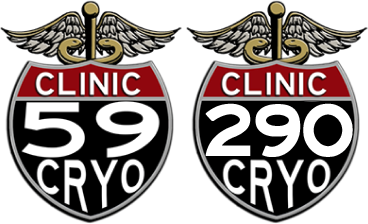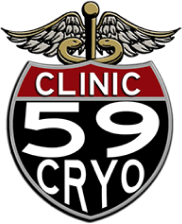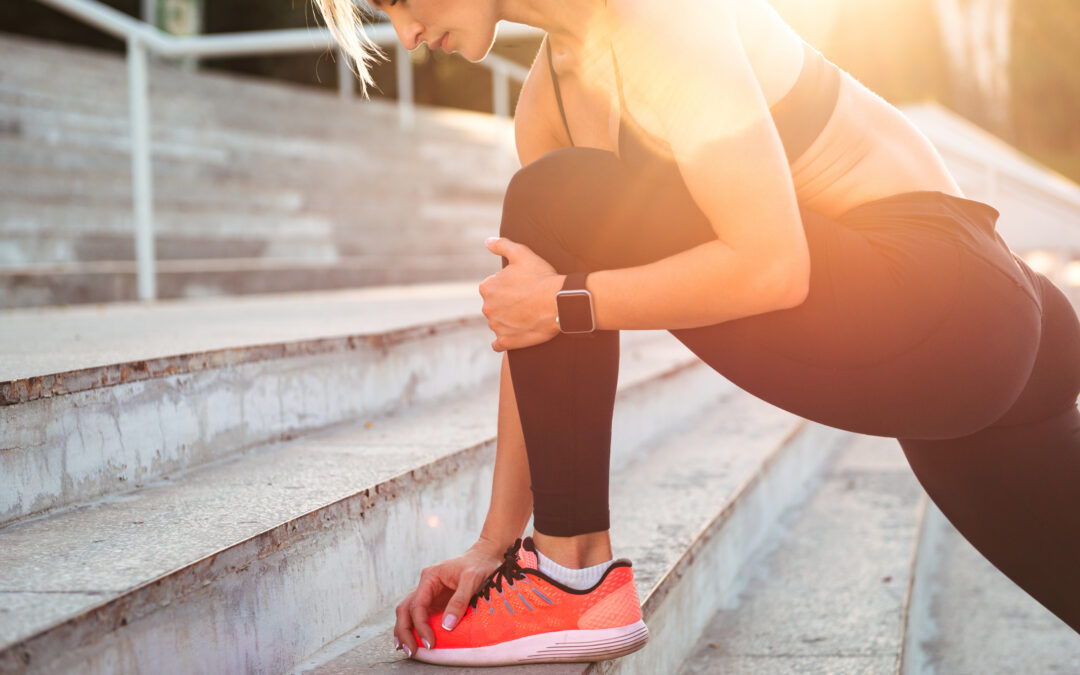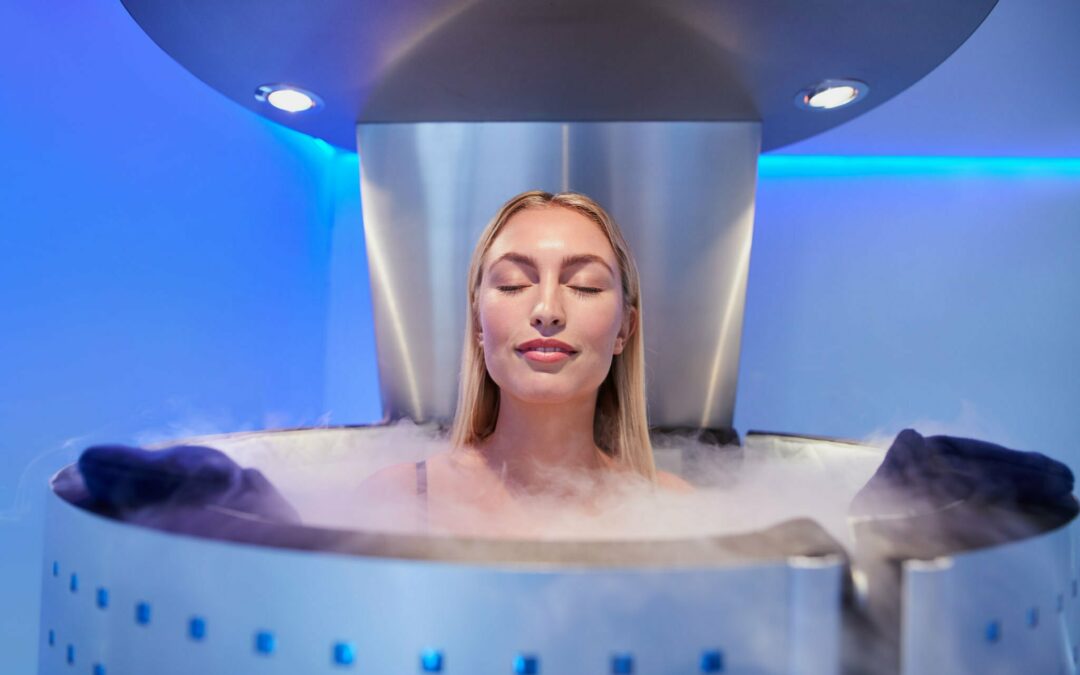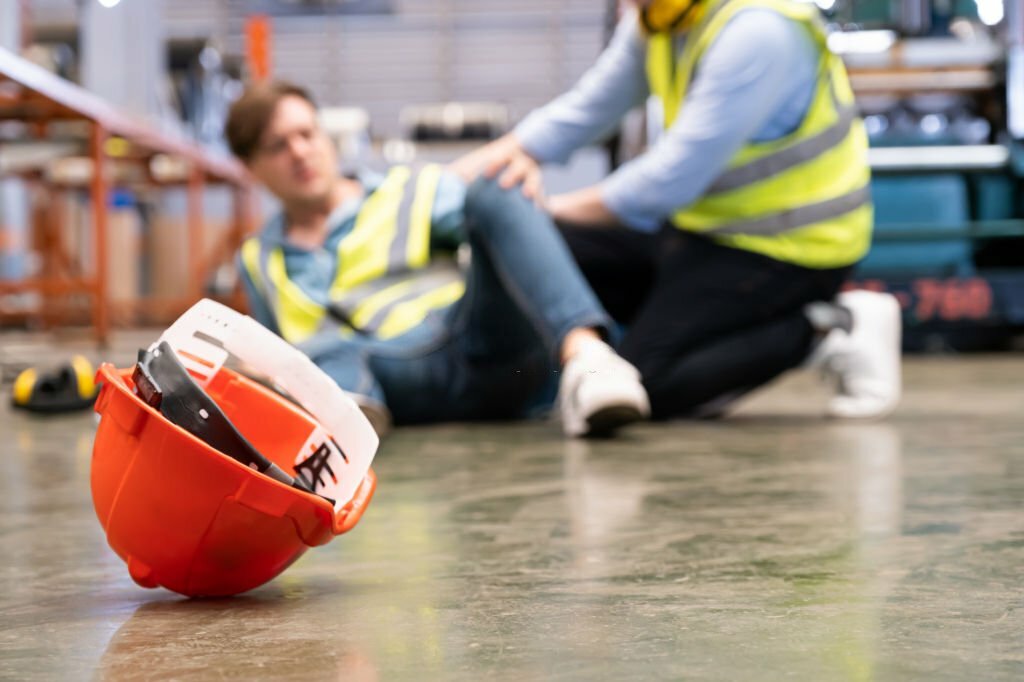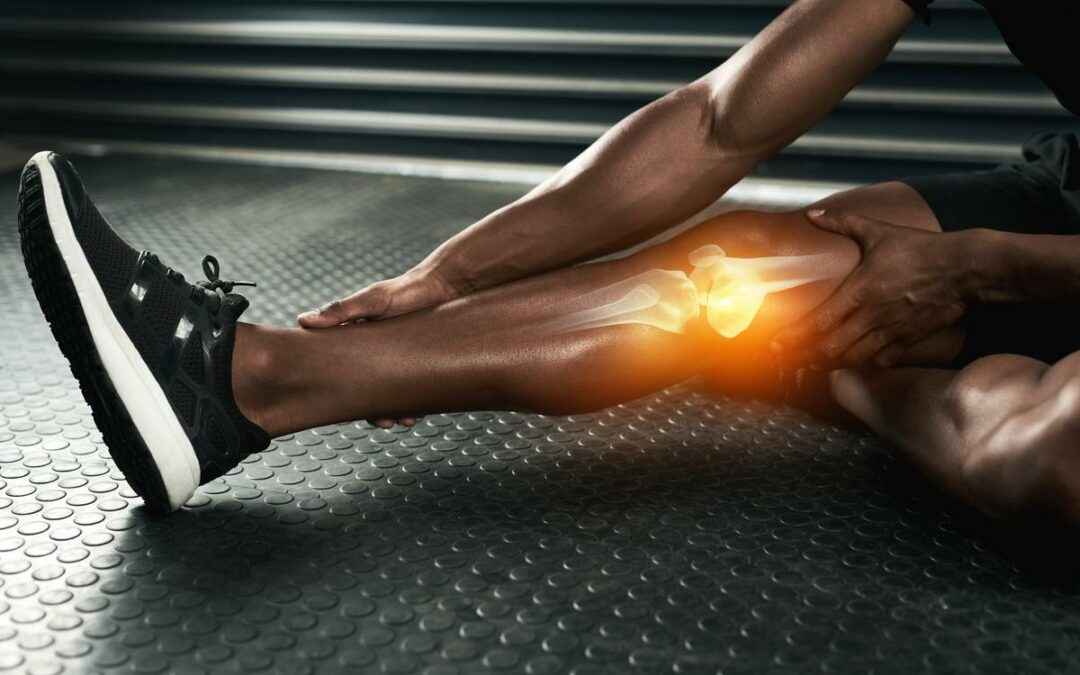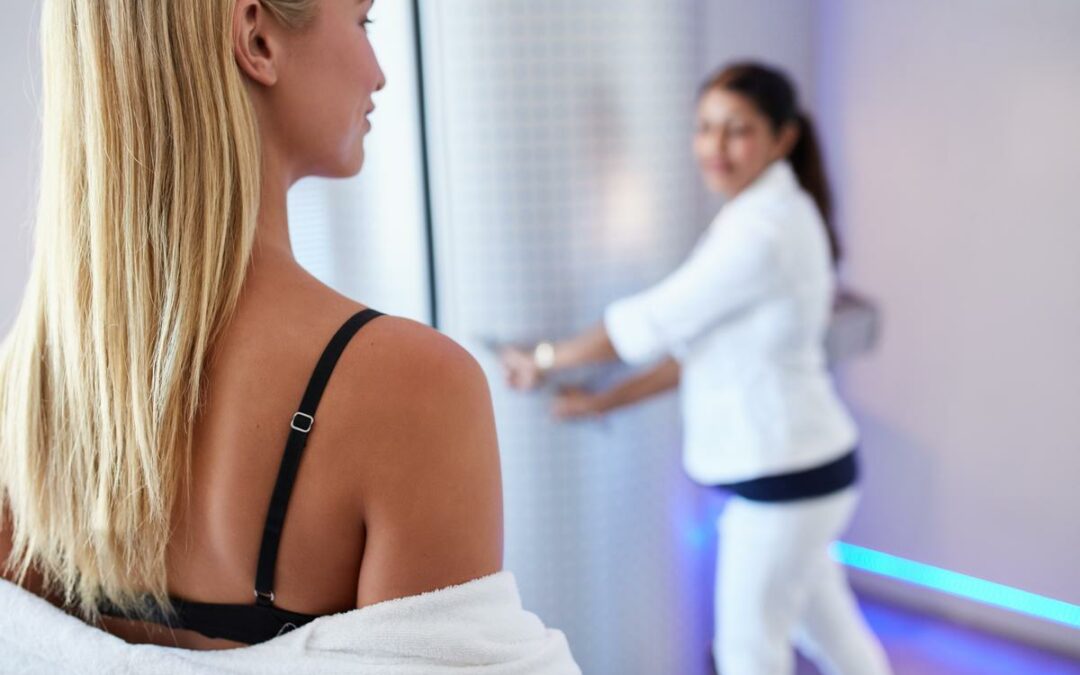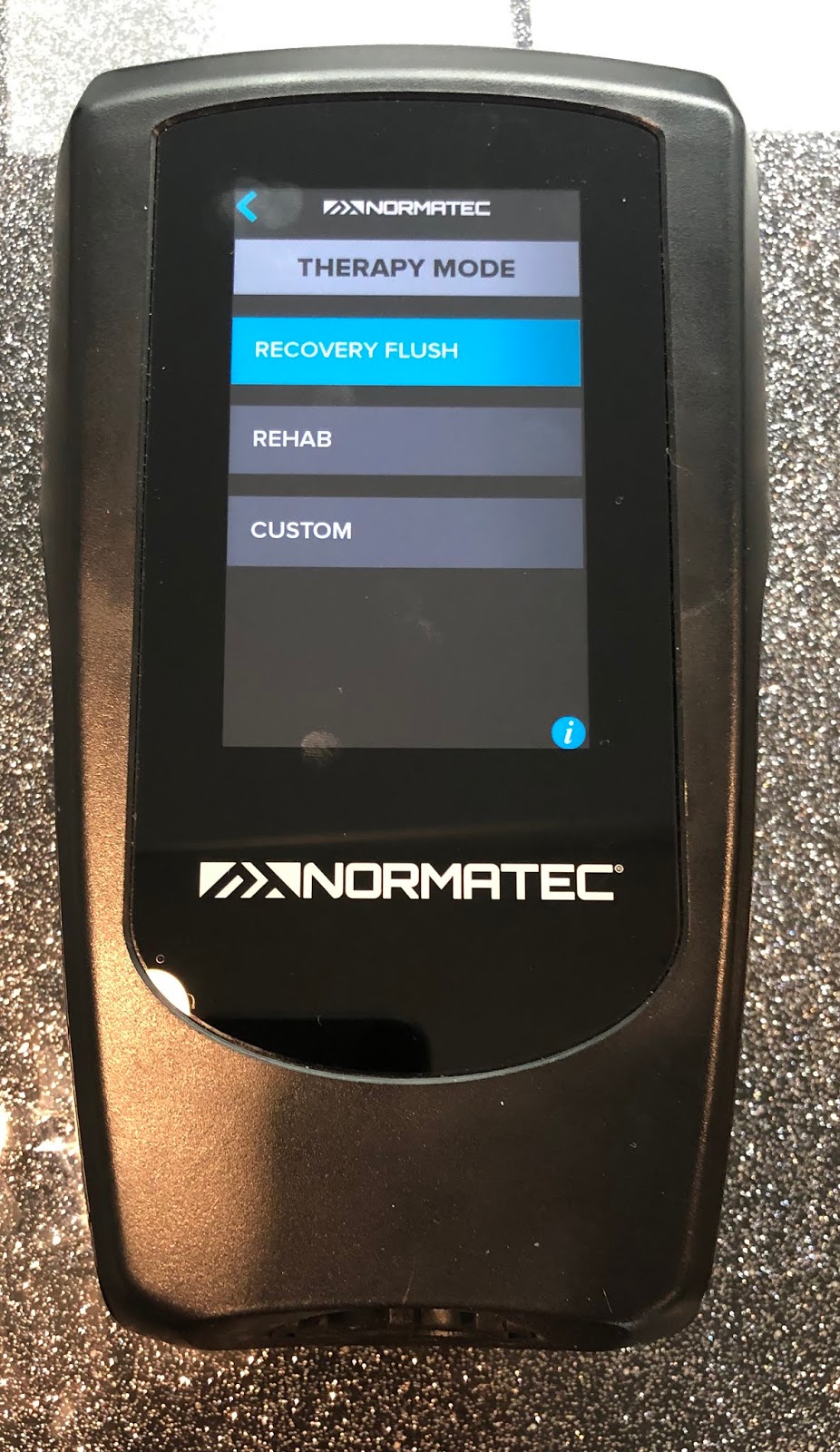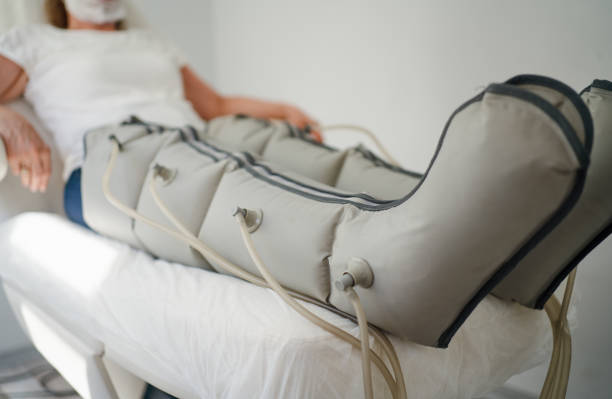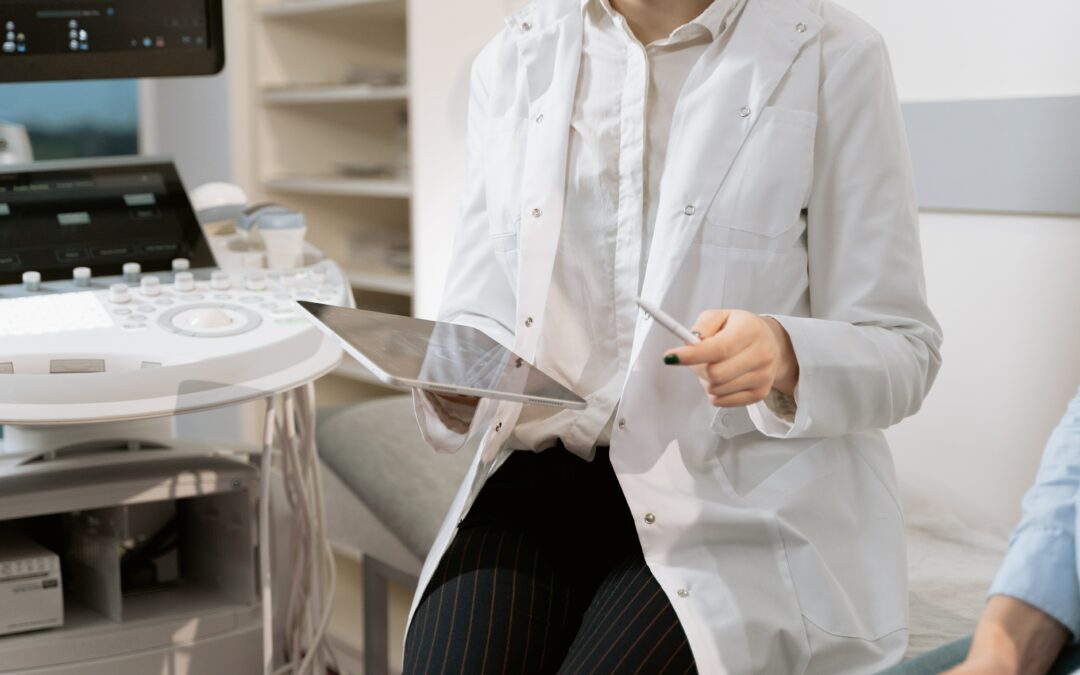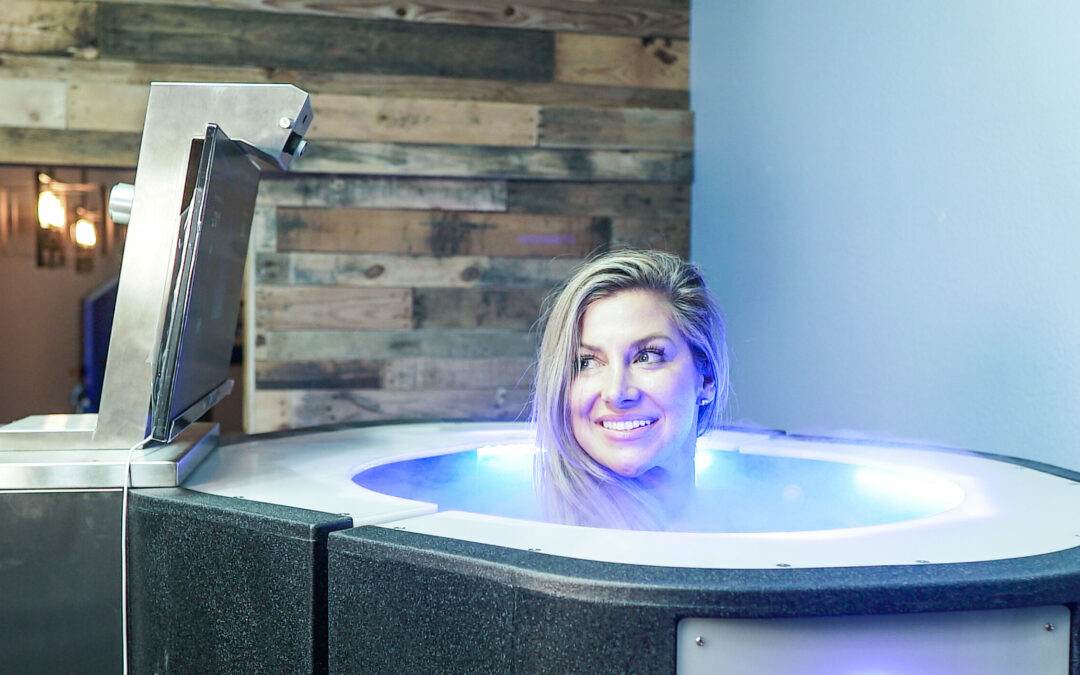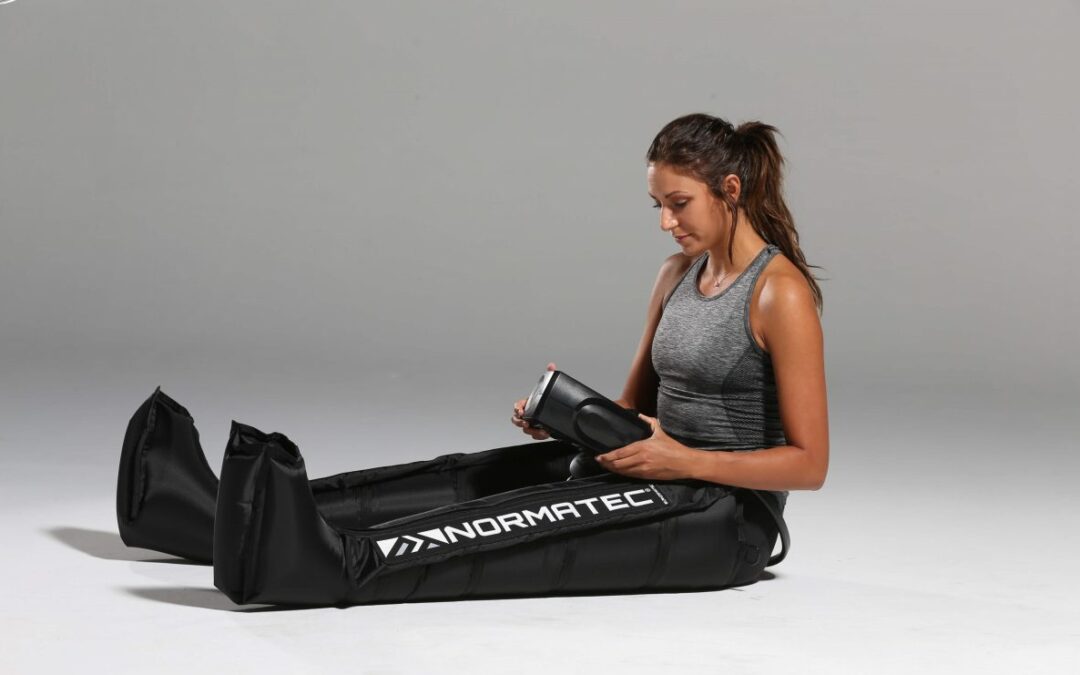Dealing with a Sports Injury Successfully
Picture this: You are playing your favorite sport and are about to score major points. As you get closer to doing it, your mind is razor-sharp focused and your body is at its max. Suddenly, out of nowhere, you lose your balance and fall flat-faced with all your might. You have sustained a sports injury.
Now, in a perfect world, this would not happen, and even if it did, at least it wouldn’t hurt as bad or have such blowbacks. All frustrations aside, sustaining a sports injury comes with a complex perspective of the future, as you wonder if you’ll ever be able to play sports at that level again. But it’s not all bad news. Medicine and technology are advancing by the minute and at Clinic 59 and Clinic 290, we are proud to bring you the latest and most effective innovations.
A Guide to Preventing a Sports Injury
Whereas a scenario like the one described above is admittedly difficult to prevent, there are things we can do to prevent sports injuries. From prepping your body for impact so that it is less damaging to wearing the proper gear, here are a few tips:
- Practice makes perfect. When learning how to play a sport, find the right guide and follow a plan. Just as you can’t expect to do a slam dunk on your first try, your muscles need to also take it step by step and learn.
- Stay hydrated. Dehydration can lead to heat exhaustion and also a loss in our ability to control our muscles.
- Don’t skip the warmup. Although at times tedious, warming up is key to setting our bodies up for success!
- And don’t forget to stretch—both before and after. Stretching exercises improve your body’s ability to contract and relax, making them more resilient to impact. When stretching post exercise, this should take twice as long as your warm up.
- Get your forty eighty winks. Don’t underestimate the power of sleep. Sleep deprived people are statistically more prone to accidents as they aren’t fully in control of their actions.
- Wear the proper gear. Because it’s no use trying to play soccer if you are wearing golf shoes, isn’t it?
- Make sure you’ve healed a previous wound before you go out on the field again. This is incredibly important and also overlooked. In this era of instant gratification, it is easy to feel like you are ready to play once you start to feel better. Beware, it might not always be the case.
Common Types of Sports Injuries: A Guide
- Sprain. Sprains happen when ligaments in joints stretch beyond their capability. They usually happen around the ankles, knees, and wrists.
- Strain. Strains are similar to sprains, but they happen at the muscle level.
- Tendinitis. As the word hints, tendinitis is an inflammation of the tendons that often affects the shoulder, elbow, wrist, hip, knee or ankles. Making repetitive movements can lead to tendinitis.
- Fasciitis. Likewise, “fasciitis” literally means inflammation of the fascia. But, what is the fascia? It is the tissue under the skin that surrounds muscles, nerves, fat, and blood vessels. Also, like with tendinitis, you can get it from overusing the muscles.
- Cramps and spasms. While gentle stretching can help with these, sometimes you need to resort to a specialist to help out, especially if they happen repeatedly.
Cryotherapy for a Sports Injury
“Apply some ice on it,” they say. And they are oh-so right! According to Meeusen R. and Lievens P.[1], “most clinical studies report that the use of cryotherapy has a positive effect on pain reduction and on the recovery of various injuries.” The cold shock, especially that in a cryo chamber, makes the blood vessels, capillaries, and lymphatics constrict. Therefore, as they do, they reduce the spread of fluid in the interstitial spaces and as a result, inflammation, pain, edema and spams reduce.
Additionally, the cold received increases the level of cold-shock proteins in the brain, which protect neuron connections. Because of this, cryotherapy boosts protection against brain damage.
[1] Meeusen R, Lievens P. The use of cryotherapy in sports injuries. Sports Med. 1986 Nov-Dec;3(6):398-414. doi: 10.2165/00007256-198603060-00002. PMID: 3538270.
Cryotherapy at Clinic 59 and Clinic 290
Ready to start enjoying the benefits of cryotherapy? Our cryo chamber can reach -230F, but for security reasons, we usually operate around -200°F. Specialists at our two centers, Clinic 59 and Clinic 290, are happy to answer your questions and underpin your cryotherapy experience.
Reach out to us to take the first step into your healing experience of the future. Click here to schedule an appointment online or contact us at 832 777 6650 for our Clinic 59 location or at (281) 888 2626 for our Clinic 290 location.
Related blogs
Share This Story,
Choose Your Platform!
